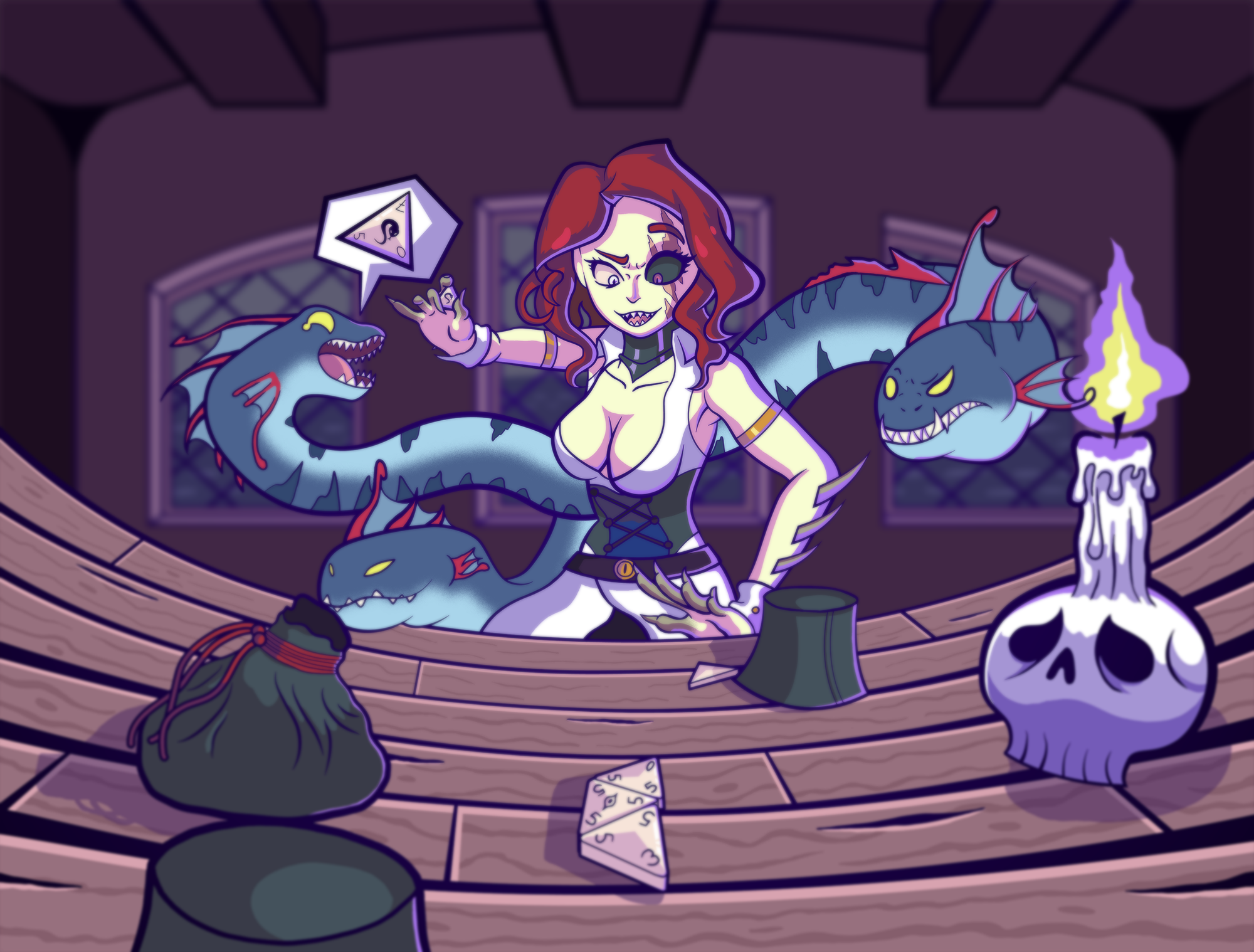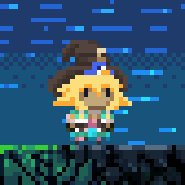Starting phase
Each player takes 6 runes randomly from the bag. The player with the most triples (or doubles as a tiebreaker) numbers (ranging from 0 to 6) on their triangle size gets to start. Then, it will rotate from the left. The starting players deposits one rune of his choice to start the game without doing the second phase. Then, the real game starts.
For an idea of the design and base concept, think
Triomino
How a round is done:
There is 2 actions possible in your turn.
1-Rune Action:
You can place one rune next to another which side's numbers are similar. If you are incapable of playing one rune, you can choose of the two following actions:
- Flip one revealed rune (however, you cannot play it in the same turn). Runes that are known only to you in your cup can be flipped as desired.
- Get one rune from the bag randomly (which can be placed immediately after). If that extra rune cannot be placed, keep it in your cup.
2-Rune Power:
On some runes, A sigil in the center may be present, having an extra strategic part to the game. These sigils always affect the opponent on the left. Sigils and their effects are as follow:
- Snake: the target cannot place a rune on his turn (but can pick one in the bag or flip a revealed rune)
- Eye: the player can choose at random a rune in his target's cup and reveal it to the table. when a rune is revealed, you can only play it on the face shown (but can flip it instead of putting a rune on the game).
- Pike: the target cannot put a rune around the one you put for this turn only.
- Waterdrop: The target takes an extra rune from the bag immediately
The game is won once a player doesn't have any rune left on their side.






The idea of the game is interesting and the story of how it developed cool, but the article needs quite a bit of editing. There are some sentences which just do not make sense. For example:
The sentence could be improved perhaps by adding a tooltip or two (I can infer what a "land lubber" is, but it wouldn't hurt to have a tooltip) and restructuring it. You could end up with something like this: I found the different runes interesting, and their effects on their games. However, I didn't quite get why some runes have sigils and others don't. I think explaining the different "dice" types" may be a good sidebar content. For example, are there set rules for how many sigils are you allowed to have in your set? Are the sigils always on the same number or different numbers?Hey Mgatta ! Indeed, i could develop on that ! I'm still struggling to see how to put some on the sidebar, not all have the toggle on the top right. i should check the tutorials --. But yeah, i can develop on the limit of how many sigiled one there is. Thanks also for the rephrasing. :) Happy SC!